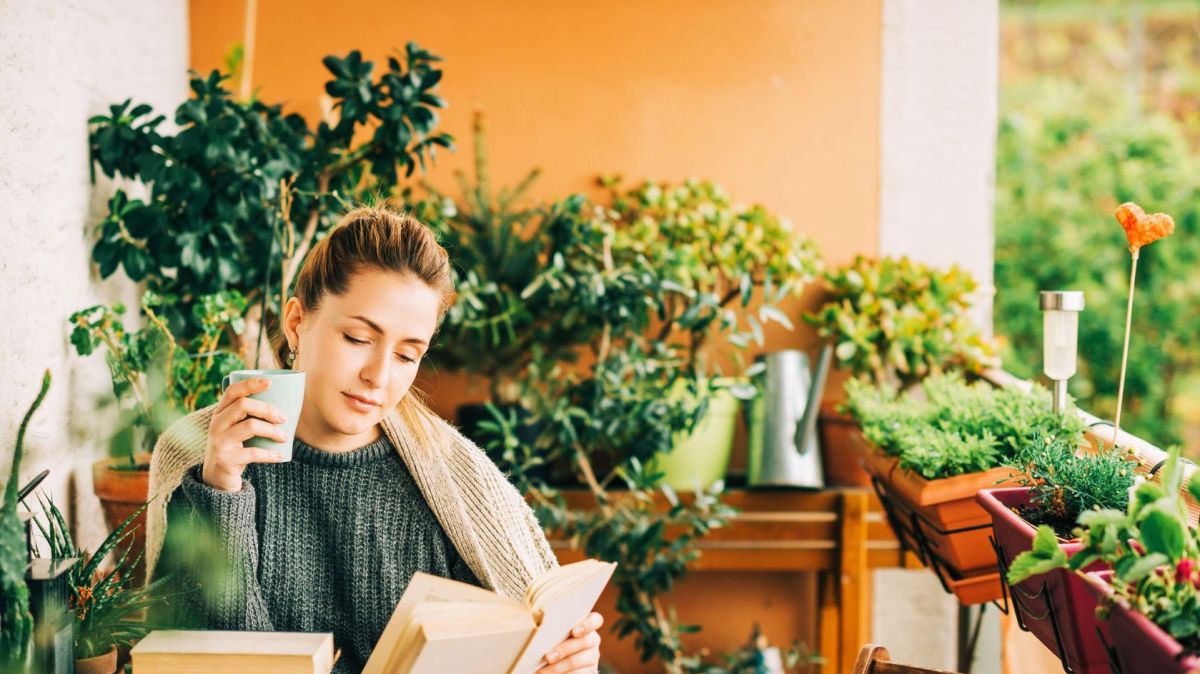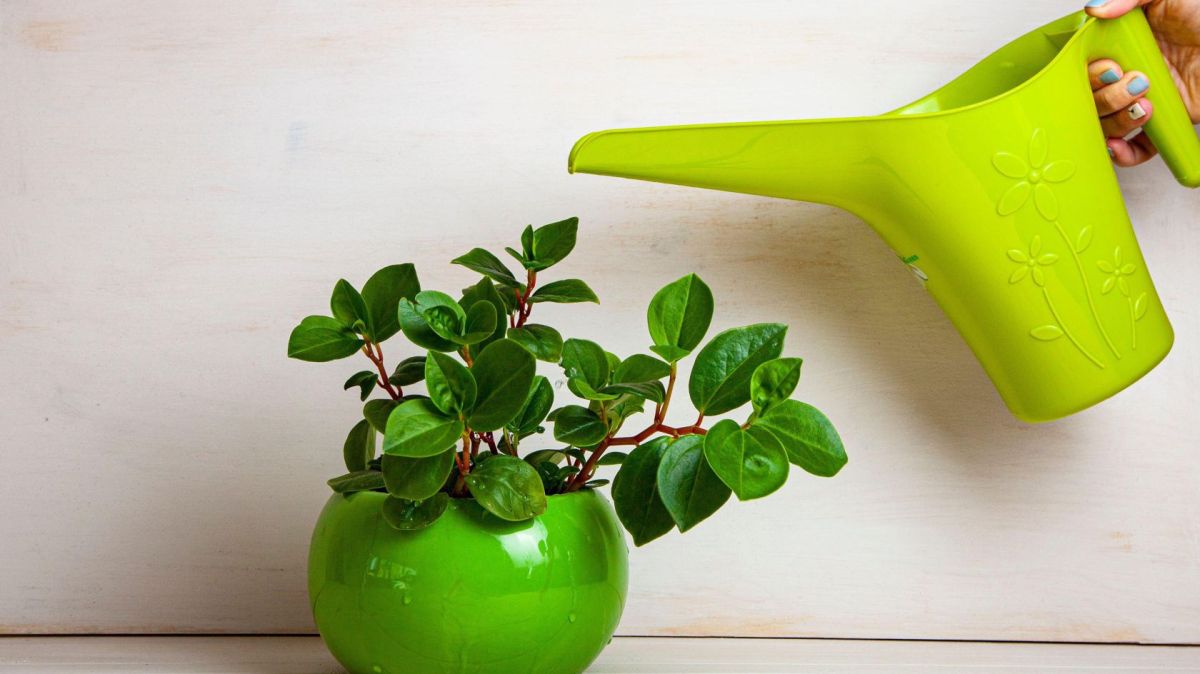If you have a fertile imagination you might visualise it to mean getting together with your buddies to dig potatoes, or group weeding afternoons, but the term ‘companion gardening’ means creating areas of plants that provide benefits to each other. In practice, this means that plants that complement each other are placed together, and those that don't, are kept apart.
Plants complement each other by reducing competition – if you put shallow rooted plants beside a plant with deep roots they will seek nutrients in different levels of the soil, thus allowing them to support each other.
Companion gardening can improve your soil, as some plants enrich the nitrogen content, and most importantly, it could be to reduce pests, as some plants repel certain types of animals and insects.
Top Tips
Strangely enough, they say don’t plant in straight rows – as it encourages slugs and other insects to spread quickly. Use tall plants to create shade for small growers, and plant herbs to repel insects. The smell of some herbs and flowers, resulting from the distribution of tiny globules that contain essential oils, can help to ward off insects. High temperatures can cause the globules to become volatile, evaporating the essential oils and turning them into vapours. The many globules on the underside of rosemary leaves are one of the best examples of this. Some plants or herbs could be toxic for pets, so check carefully before planting.
Top tip in my opinion is to reduce mosquitoes, and the best way is to eliminate any standing water, which is where mosquitoes breed. Check the saucers under plant pots aren’t pooling stagnant water, or irrigation systems are not creating permanent puddles that don’t drain away. But if you have a birdbath or an ornamental fishpond, consider adding an aerator or agitator, which allows you to leave important water out for those that need it but will disrupt the stillness that mosquitoes need to breed.

There are too many to mention
If you have access to a computer, there are plenty of websites that go into great depth about what to plant and where, but here are a few that might be useful.
Nasturtium flowers grown close to kale, cabbage, broccoli and any brassica plants will lure hungry caterpillars away from eating your crops. Tomatoes and basil are natural companions, as basil repels certain insect pests that might want to feast on your tomatoes.
It’s well known that flowers grown alongside your vegetables will encourage pollinators, and marigolds would be a good choice, their lovely bright orange flowers attracting bees, hoverflies and wasps, and it is said the strong scent of the French Marigold types will deter nematodes, microscopic creatures that act as parasites on other insects. Marigolds will grow in almost any kind of soil, are easy to save seed from and often confuse pests if inter-planted with vegetables.
Mint deters white cabbage moths, ants, rodents, flea beetles, fleas, and aphids, and improves the health of cabbage and tomatoes. However, mint is incredibly invasive and you would be wise to plant it in pots to restrict the run of their roots, or alternatively, plant mint into a bottomless bucket that you can sink into the ground.
Some shouldn’t be companions!
The classic is potatoes and tomatoes, both are susceptible to similar pests and diseases, so keep them apart. Cucumbers and squash might come from the same family, but both need nutrient-rich soil in order to thrive. Planting them together increases the competition for vital nutrients and will quickly exhaust the goodness in the soil. Garlic seems to be a bad friend to a lot of vegetables, producing sulfur compounds that can stunt the growth of peas, and also compete for the same nutrients in the soil. In addition to peas, garlic also stunts the growth of asparagus, beans, sage, parsley, and strawberries.
On the flower front, roses will benefit from lavender growing nearby. This aromatic perennial offers symbiotic benefits through the types of insects they interact with, repelling moths and whiteflies that harm your roses while also drawing in butterflies and bees.
Marilyn writes regularly for The Portugal News, and has lived in the Algarve for some years. A dog-lover, she has lived in Ireland, UK, Bermuda and the Isle of Man.

















